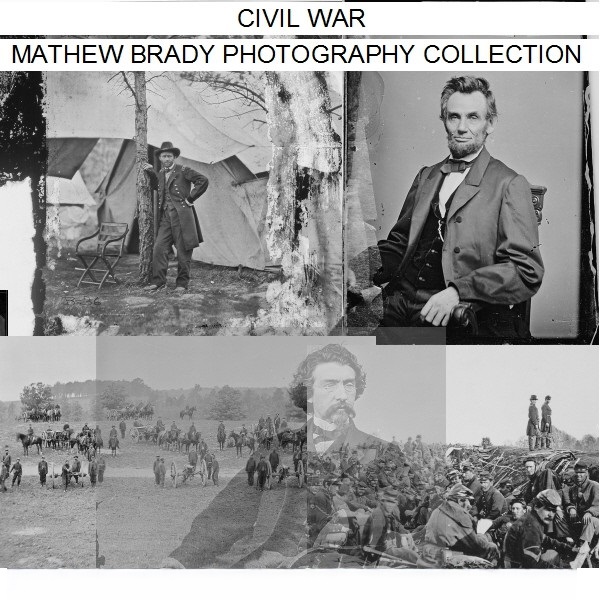
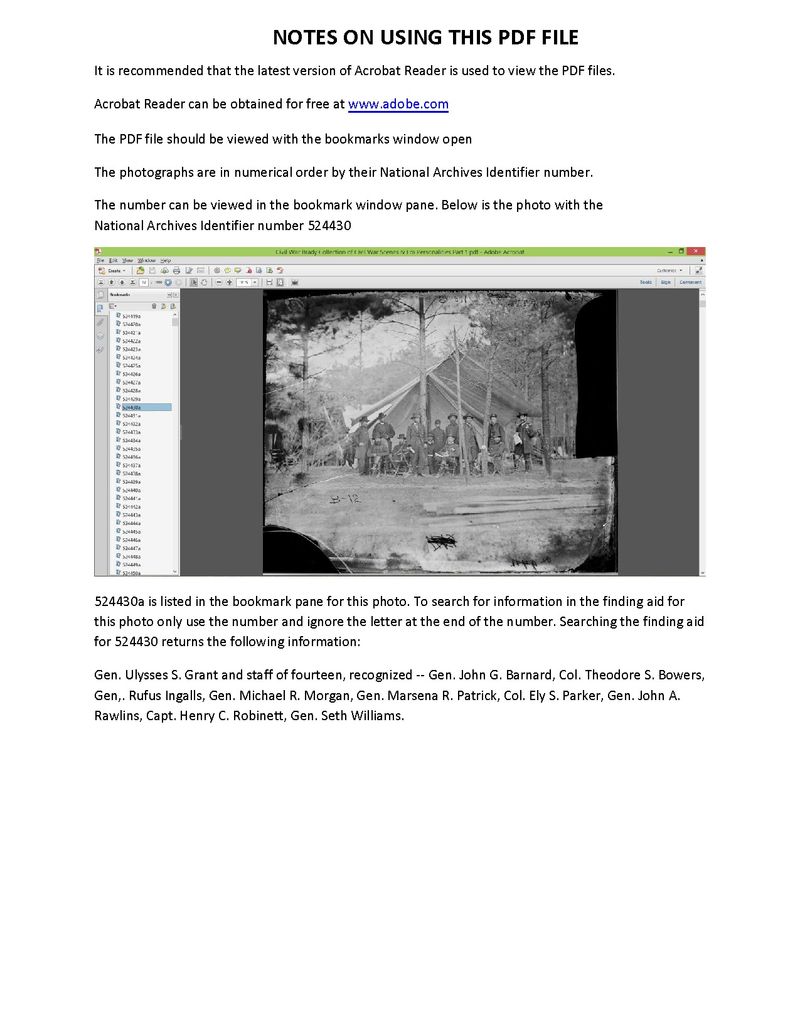
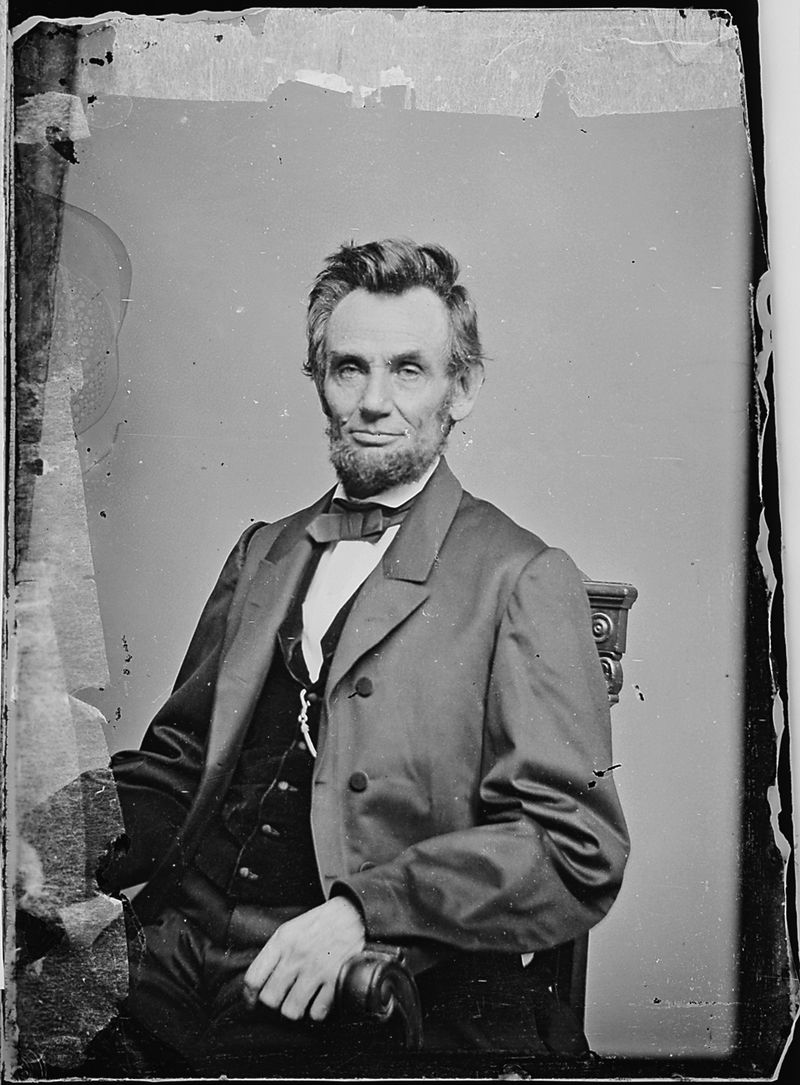
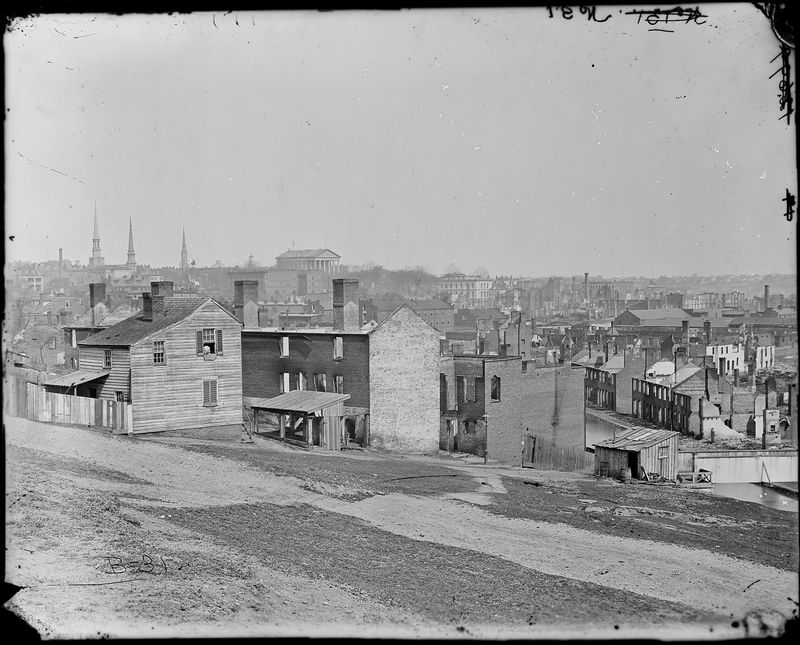
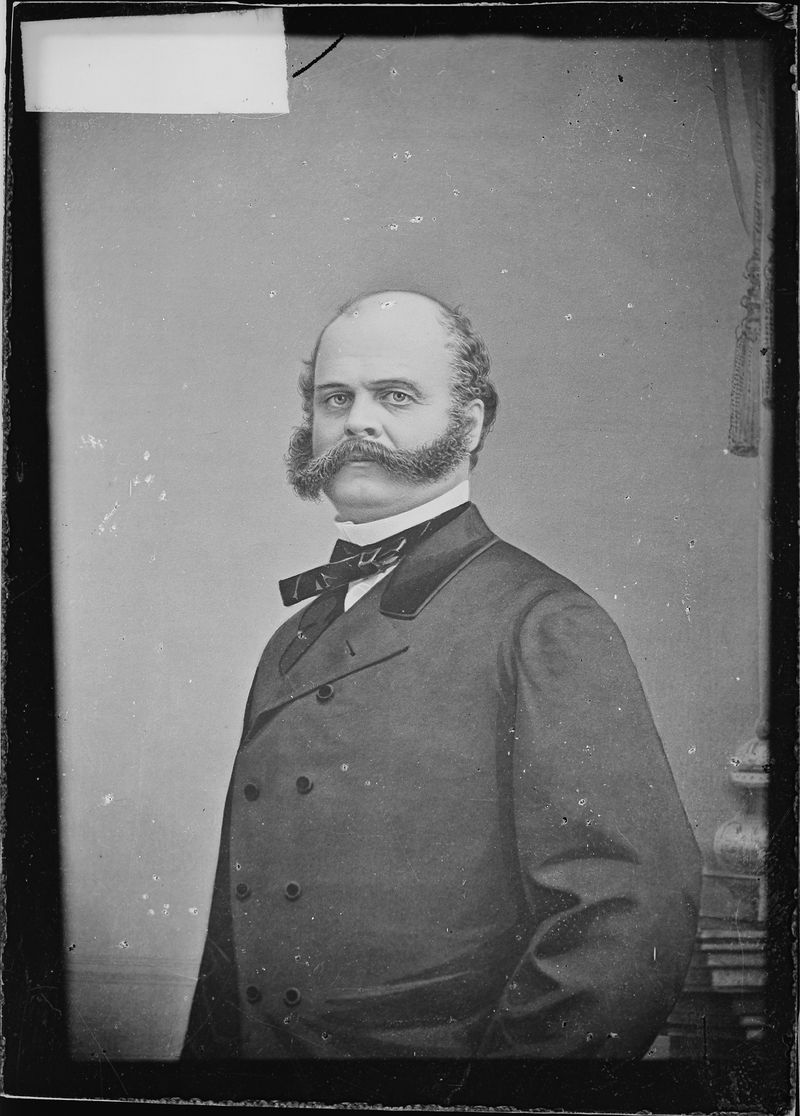

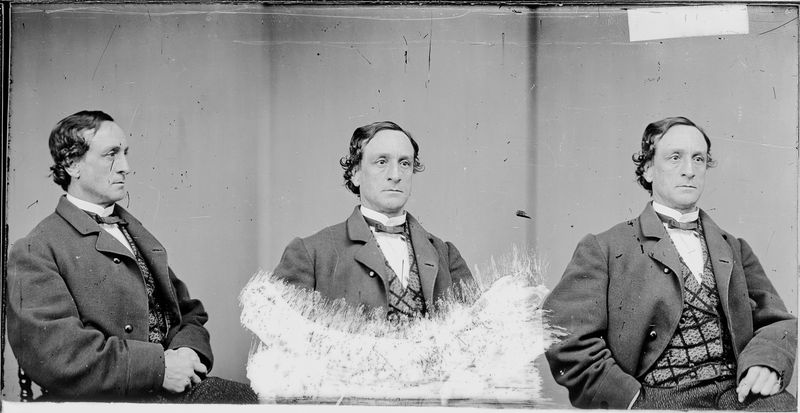
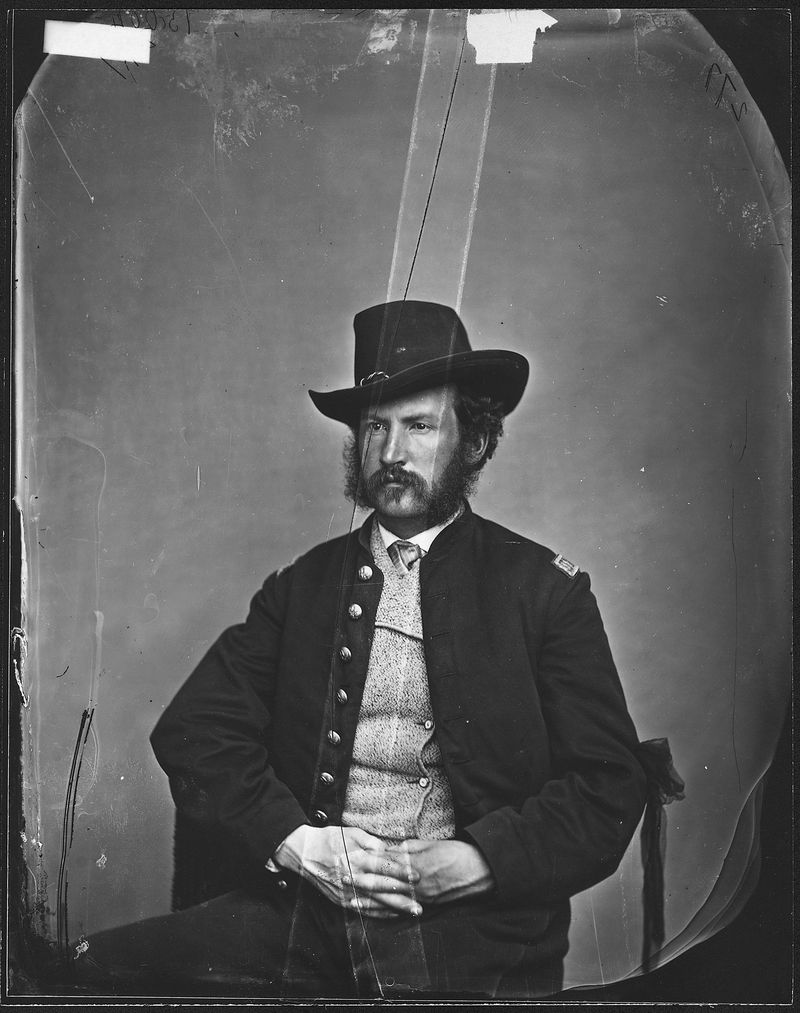
Civil War: The Mathew B. Brady Photograph Collection
$24.50
Description
Brady’s Civil War: A Photographic Legacy
Timeline of Main Events:
- 1823: Mathew B. Brady is born (year of birth inferred, as the source states 1823-1896).
- Early Career: Brady becomes an early practitioner of daguerreotype and establishes himself as a prolific portrait photographer with studios in New York and Washington D.C.
- 1845: Robert E. Lee, then a lieutenant colonel, has his first portrait session with Brady.
- 1850s-1860s: Brady and his assistants photograph numerous prominent figures.
- 1861: The American Civil War begins, and Brady undertakes to document the war with photography, along with associates like Alexander Gardner, George Barnard, and Timothy O’Sullivan.
- 1861-1865: Brady and his team travel throughout the eastern part of the country, photographing battlefields, camps, towns, and people. They also photograph many political and military leaders at Brady’s Washington D.C. studio.
- Post-Civil War: Brady’s studio business declines. Many negatives are lost to neglect. Glass plates were sometimes sold to gardeners for the glass, not the images.
- July 1874: Due to bankruptcy, the War Department purchases part of Brady’s collection (approx. 2,250 plates) at a public auction for $2,500.
- April 1875: The War Department purchases the remainder of Brady’s collection (3,735 plates) for $25,000 directly from Brady, under Congressional authorization.
- 1886: Brady’s collection is transferred from the War Department’s War Records Office to the Supply Division.
- 1888: The collection is moved to the War Department Library.
- 1896: Mathew B. Brady dies.
- 1911: “The Photographic History of the Civil War” in ten volumes is published by Francis Trevelyan Miller.
- 1912: “The Civil War Through the Camera” by Henry W. Elson is published in 16 parts, featuring rediscovered Brady photos.
- 1921: The Office of the Chief Signal Officer takes custody of the collection to make duplicate prints and provide copies to the public.
- 1940: The Brady collection is accessioned to the National Archives.
- 1961: Hirst D. Milhollen and Donald H. Mugridge compile a catalog of 1,047 copy negatives from the Brady collection at the Library of Congress.
- 1990: Ken Burns releases his documentary on the Civil War, highlighting the loss of many glass plate negatives.
- 1993: Ken Burns delivers his commencement address at the University of Delaware in which he mentions how many of Brady’s negatives were destroyed after the war.
- 2024: The Mathew B. Brady Photograph Collection is offered as a digital download.
Cast of Characters:
- Mathew B. Brady (1823-1896): A pioneering American photographer, known for his documentation of the Civil War. He ran studios in New York and Washington D.C. and employed many other photographers.
- Alexander Gardner: Photographer who worked for Brady and managed his Washington studio for a time.
- James F. Gibson: Photographer who also managed Brady’s Washington studio at a different time than Gardner.
- Timothy O’Sullivan: Photographer employed by Brady during the Civil War.
- George Barnard: Photographer who worked with Brady during the Civil War.
- Egbert Guy Fox: Photographer employed by Brady during the Civil War.
- Ulysses S. Grant: Union General and later President of the United States.
- Nathaniel Banks: Union General.
- Don Carlos Buell: Union General.
- Ambrose Burnside: Union General.
- Benjamin Butler: Union General.
- Joshua Chamberlain: Union General.
- George Custer: Union General.
- David Farragut: Union Admiral.
- John Gibbon: Union General.
- Winfield Hancock: Union General.
- Samuel Heintzelman: Union General.
- Joseph Hooker: Union General.
- Oliver Howard: Union General.
- David Hunter: Union General.
- John A. Logan: Union General.
- Irvin McDowell: Union General.
- George McClellan: Union General.
- James McPherson: Union General.
- George Meade: Union General.
- Montgomery C. Meigs: Union General and Quartermaster General.
- David Dixon Porter: Union Admiral.
- William Rosecrans: Union General.
- John Schofield: Union General.
- William Sherman: Union General.
- Daniel Sickles: Union General.
- Henry Warner Slocum: Union General.
- George Stoneman: Union General.
- Edwin V. Sumner: Union General.
- George Thomas: Union General.
- Emory Upton: Union General.
- James Wadsworth: Union General.
- Lew Wallace: Union General.
- Jefferson Davis: President of the Confederate States of America.
- P.G.T. Beauregard: Confederate General.
- Stonewall Jackson: Confederate General.
- James Longstreet: Confederate General.
- Lord Lyons: British Diplomat.
- James Henry Hammond: U.S. Senator from South Carolina.
- Robert E. Lee: Confederate General.
- William Belknap: U.S. Secretary of War who authorized purchase of Brady’s negatives.
- Hirst D. Milhollen: Specialist in Photography at the Library of Congress, co-compiler of the 1961 catalog.
- Donald H. Mugridge: Specialist in American History at the Library of Congress, co-compiler of the 1961 catalog.
- Francis Trevelyan Miller: Author of the “Photographic History of the Civil War” (1911).
- Henry W. Elson: University of Ohio professor and author of “The Civil War Through the Camera” (1912).
- Abraham Lincoln: President of the United States during the Civil War.
- Edward P. Doherty: Union Army Captain who led the party that captured John Wilkes Booth.
- John Wilkes Booth: Famous actor and assassin of Abraham Lincoln.
- Junius Brutus Booth: Father of John Wilkes Booth, also a famous actor.
- William H. Seward: U.S. Secretary of State during the Civil War.
Civil War: The Mathew B. Brady Photograph Collection
Civil War: The Mathew B. Brady Photograph Collection featuring Civil War Scenes and Era Personalities, along with Finding Aids and Reference Material.
The collection contains 11,431 pages of content.
It includes 6,050 photographs related to the Civil War from Mathew Brady Studios, a 1,190-page index or table of contents as a finding aid, and 4,191 pages of reference materials.
Users can perform text searches across all written content in this collection.
The photographs originate from the Records of the Office of the Chief Signal Officer (Record Group 111) and the Records of the War Department General and Special Staffs (Record Group 165), which are stored at the Still Picture Branch of the National Archives and Records Administration (NARA). This collection features images from the Matthew B. Brady archive, which the War Department acquired for $27,840 in 1874 and 1875, as well as those from the Quartermaster’s Department of the Corps of Engineers and pictures donated to the War Department by private individuals. These collections were previously housed in the War Department Library.
This compilation consists of 6,050 images sourced from glass plates and modern reproductions such as prints, duplicate negatives, and interpositives created by photographer Mathew Brady and his team at Brady Studios. Many images depict battlefields, encampments, towns, and individuals affected by the Civil War. The photographs capture aspects of camp life, daily routines, war preparations, moments leading up to battles, and post-battle scenes. Additionally, the series features views of Union and Confederate naval ships, railways, supply depots, and hospitals. Mathew B. Brady (1823-1896) is the most prominent figure linked to Civil War photography, despite the fact that he may have only taken a limited number of war photographs himself. He hired several renowned photographers during and before the war, including Alexander Gardner and James F. Gibson, who managed his Washington studio at different times. Other photographers such as Timothy O’Sullivan, James Gardner, and Egbert Guy Fox also worked for Brady during the Civil War.
Brady was among the first to practice daguerreotype in the U.S. and quickly became an influential portrait photographer. In his studios located in New York and Washington, DC, he and his team captured many notable figures from the 1850s and 1860s. When the Civil War began in 1861, Brady aimed to document the war’s developments with his camera. Alongside his associates, particularly Alexander Gardner, George Barnard, and Timothy O’Sullivan, he traveled across the eastern United States to photograph various battlefields, towns, and individuals affected by the conflict. Additionally, Brady took portraits of numerous prominent political and military leaders who visited his studio in Washington, DC. This effort resulted in approximately 12,000 images that formed a valuable visual record of the Civil War era. The Brady Studio captured and created portraits of numerous high-ranking Union officers during the war, such as Ulysses S. Grant, Nathaniel Banks, Don Carlos Buell, Ambrose Burnside, Benjamin Butler, Joshua Chamberlain, George Custer, David Farragut, John Gibbon, Winfield Hancock, Samuel Heintzelman, Joseph Hooker, Oliver Howard, David Hunter, John A. Logan, Irvin McDowell, George McClellan, James McPherson, George Meade, Montgomery C. Meigs, David Dixon Porter, William Rosecrans, John Schofield, William Sherman, Daniel Sickles, Henry Warner Slocum, George Stoneman, Edwin V. Sumner, George Thomas, Emory Upton, James Wadsworth, and Lew Wallace.
On the Confederate side, Brady took photographs of Jefferson Davis, P. G. T. Beauregard, Stonewall Jackson, James Longstreet, Lord Lyons, James Henry Hammond, and Robert E. Lee, who first sat for Brady in 1845 as a lieutenant colonel in the U.S. Army and had his last session after the war in Richmond, Virginia.
Following the Civil War, the business of Brady’s studios slowly diminished. Many negatives were lost due to neglect and a lack of interest in the years that followed the war. Ken Burns, in his 1990 documentary about the Civil War, stated that glass plate negatives were frequently sold to gardeners, not for their images, but for the glass itself, which was repurposed for use in greenhouses and cold frames. As Burns remarked in his 1993 commencement speech at the University of Delaware, “In the years that followed the end of the war, the sun slowly burned away their filmy images and they were lost.” In July 1874, Secretary of War William Belknap acquired a portion of Brady’s negative collection, around 2,250 plates, at a public auction for $2,500 due to Brady’s financial troubles. In April 1875, the War Department bought 3,735 plates directly from Brady following specific Congressional approval to “obtain a complete and clear title to secure and purchase the remaining ones currently held by the artists [for] $25,000.” The plates remained stored in the War Records Office of the War Department until 1886, when they were moved to the Supply Division. The collection was then relocated to the War Department Library in 1888. In 1921, the Chief Signal Officer’s Office took charge of the collection to create duplicate prints and make them available to the public. The collection was officially added to the National Archives in 1940.
Finding Aids
Along with the 6,050 photographic pages mentioned earlier, this collection contains a 1,190-page finding aid that features a thumbnail image of each photo along with its title, description, and identification numbers.
Photograph Reference Material
Also included are reference materials related to the photographs in the collection, which can assist in identifying the images.
Civil War Photographs 1861-1865: A Catalog of Copy Negatives Made from Originals Selected from the Mathew B. Brady Collection in the Prints and Photographs Division of the Library of Congress. An 84-page detailed catalog with an index of the most important photographs in the Brady collection. It was created in 1961 by Hirst D. Milhollen and Donald H. Mugridge from the Library of Congress’s Reference Department. Milhollen specialized in photography within the Prints and Photographs Division, while Mugridge focused on American history in the General Reference and Bibliography Division. This guide provides a history of the collection and discusses how it was acquired by the Library of Congress.
According to this guide, “The 1,047 copy negatives listed here are not just a simple selection from the Brady Collection; they have been meticulously chosen to feature the finest and most intriguing photographs from the various categories into which the collection can be divided.”
The Photographic History of the Civil War
The “Photographic History of the Civil War in Ten Volumes,” authored by Francis Trevelyan Miller, spans 3,497 pages and was published in 1911, containing 3,389 photographs primarily credited to the Mathew Brady photography studio. In his 1997 book, “The Civil War in Books: An Analytical Bibliography,” David J. Eicher referred to this work as the “grandfather of pictorial histories,” emphasizing its essential role in any Civil War library.
The photographs are accompanied by written insights from soldiers and historians on both sides of the war. The information in these volumes reflects what was known in 1911 and includes some inaccuracies.
The volumes consist of:
- Volume 1 – The Opening Battles
- Volume 2 – Two Years of Grim War
- Volume 3 – The Decisive Battles
- Volume 4 – The Cavalry
- Volume 5 – Forts and Artillery
- Volume 6 – The Navies
- Volume 7 – Soldier Life and Secret Service
- Volume 8 – Prisons and Hospitals
- Volume 9 – The Armies and Leaders
- Volume 10 – Poetry and Eloquence
The Civil War Through the Camera by Henry W. Elson In 1912, Elson, a professor of history at the University of Ohio, released a 16-part, 610-page collection featuring Mathew Brady photographs that had recently been rediscovered. He provided descriptions and contextual information for each photograph included in the volumes. Overall, the collection features around 600 images. The volumes were available through subscription, priced at ten cents each. The details reflect the knowledge from 1912 and include some inaccuracies
Related products
-
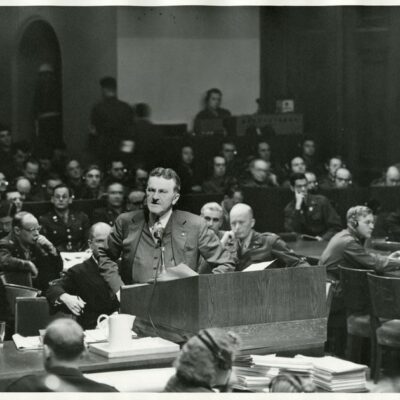
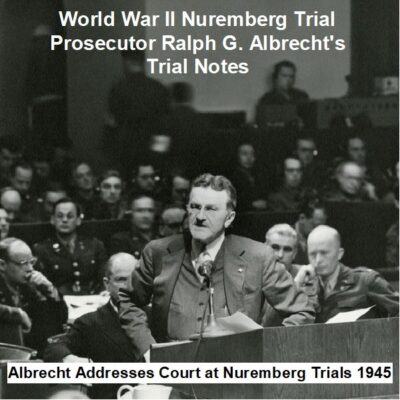
Trial Notes of Ralph G. Albrecht, Prosecutor at the Nuremberg Trials of World War II
$3.94 Add to Cart -
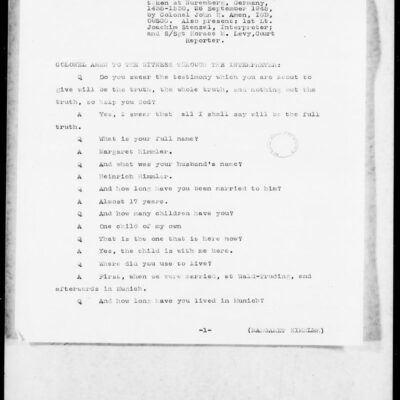
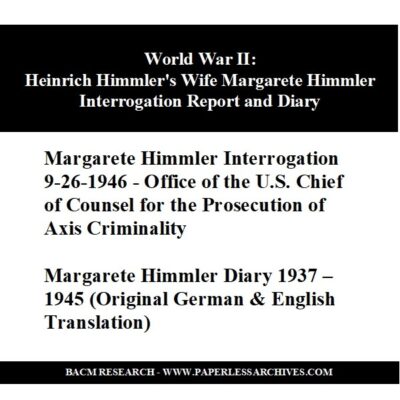
World War II: Interrogation Report and Diary of Margarete Himmler, Wife of Heinrich Himmler
$3.94 Add to Cart -

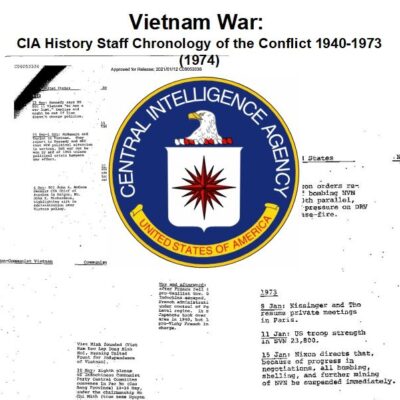
Vietnam War: CIA Chronology of the Conflict, 1940-1973 (1974)
$1.99 Add to Cart -
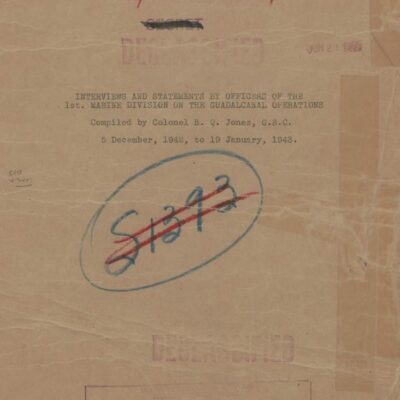
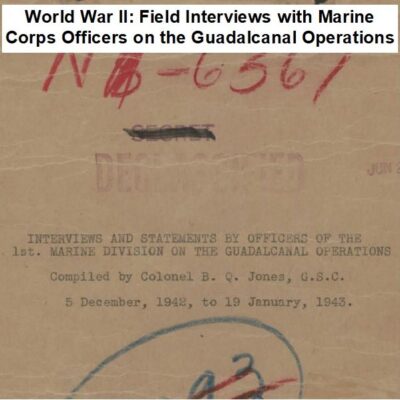
World War II: Marine Corps Officer Interviews on Guadalcanal Operations
$3.94 Add to Cart